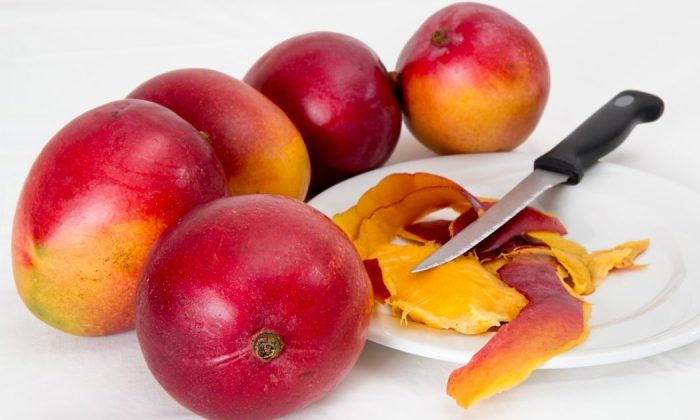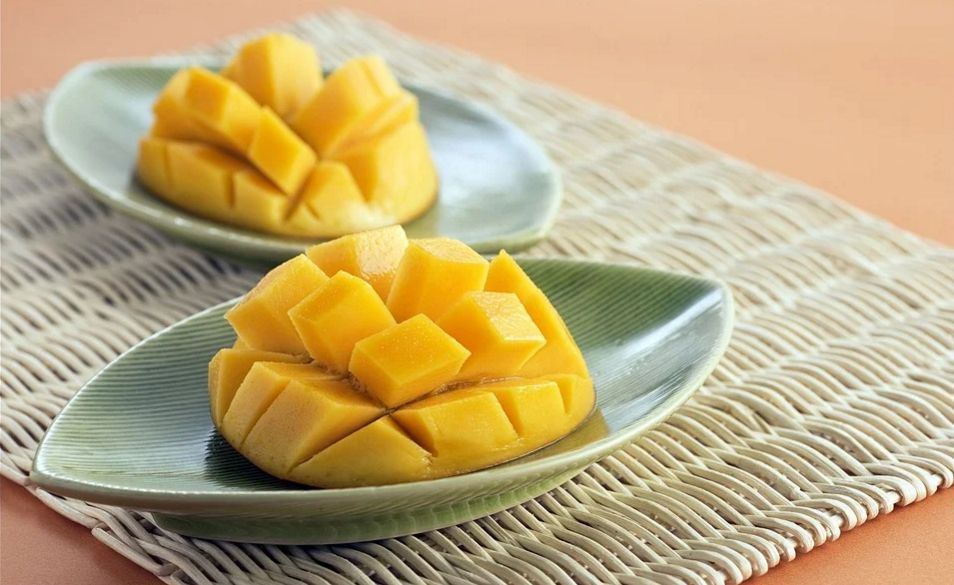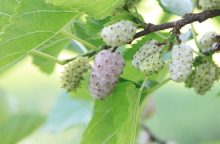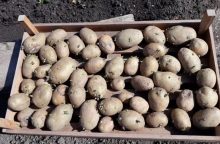Growing mangoes from the stone of the fruit

Mango is an interesting fruit with a very special taste. If you are a fan of this fruit and want to experience, you can try growing your own mango tree. All you need is to get the stone from the fruit you ate. Mango germinates well and the success rate is almost hundred percent. You need to plant the stone as soon as possible after you removed it from the fruit. If all goes well, you should notice the first signs of germination after three weeks, when a little green plant pops out.
Mango tree
The tree is called the Indian mango tree (Magnifera indica). As the name suggests, mango is widely used in India, which produces huge amounts of this fruit. From there the fruit is distributed all over the world. Mango trees have been cultivated for more than 5,000 years. In old Hindu books mango is referred to as the “fruit of the Gods”. A mango tree can reach a height of up to 40 meters and can live really long time – up to 300 years.
Photo: Pixabay
Mango – fruit
The taste of mango is often described as a mixture of peach and watermelon. The flesh is very aromatic, juicy and a shiny. The skin is firm and needs to be peeled off before consumption. The skin colour varies depending on the variety. You can find mangoes that are green, red, yellow, or even pink or purple. Mangoes are harvested while still green as they ripen during transport. The stone you will need to grow your own mango is quite large and hides the seed inside.
Getting the seed
You need to sow mango in the spring because the plant needs higher temperature and longer daylight to ensure ideal conditions for germination. Wash the stone well first. Use the rough side of a kitchen dish sponge. Now, you need to remove the seed from the stone. You can do it in several ways. The gentle way is to soak the seed in a glass of water for 3 to 4 weeks. The seed will pop by itself. When it does, remove the seed and plant it with the pointed end up in a pot with a diameter of at least 8 cm. Cover with a thin layer of well-drained soil. Do not forget to put a drainage layer on the bottom of the pot to make sure that excess of water can drain away.
Air humidity
Place the flowerpot or container in a spot with enough light and cover with foil. Poke a few holes in the foil to allow vapours escape. You need to keep the soil moist throughout the entire growth. As soon as your mango tree sprouts, remove the foil and transfer the pot to a sunny place. When the first leaves are fully developed, you can transfer the plant into a larger pot. Mango likes full sunlight and air circulation – but you need to watch out for drafts.
Watering
Keep the soil moist at all times, but do not overwater, of course. No plants like overwatering. You can pour water on the top of the pot or use the saucer under the pot. Do not pour water directly on leaves – this promotes the development of fungal diseases. The soil only. Mango tree is susceptible to fungal diseases. Use water that has been sitting for a while and it is at the room temperature. You can add fertilizers, but be careful. Mango tree is sensitive to overfertilization.
Preview photo: Pixabay

Gardening is my hobby, I have a lot of experience and I am happy to share it.









0 comments